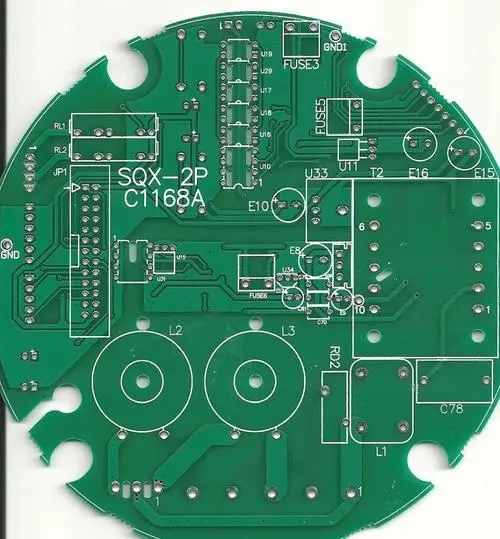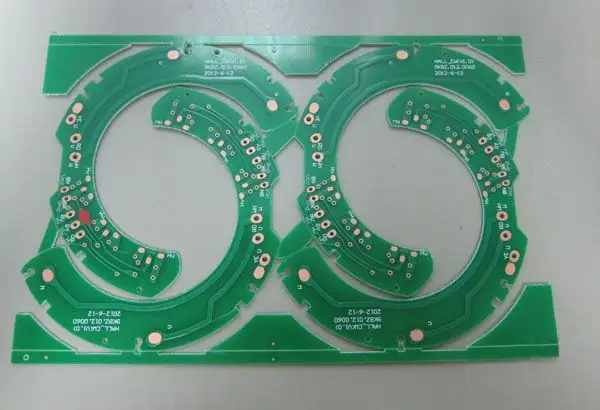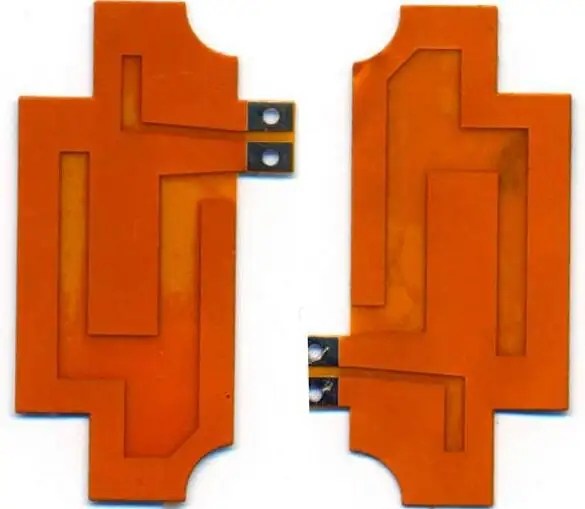
Why is it really important to control impedance in PCB design?
Every day, PCB designs and components become smaller and faster - in other words, more and more complex. Now, it is important to understand how your key networks and routes, impedance, and circuit boards affect signal performance.
The time for simple interconnection wiring and conductors has ended. Nowadays, the speed of circuits is increasing, while signals in the GHz range are very common. Therefore, the controlled impedance of routing plays an important role in signal integrity and circuit board performance.
In this article, we will cover the following topics:
What is Controlled Impedance (CI)?
1.1 Why is controlled impedance required?
1.2 Factors affecting the controlled impedance
1.3 Why is it better to specify the dielectric of the circuit board instead of CI?
1. What is the controlled impedance?
The controlled impedance is the characteristic impedance of the transmission line formed by the PCB wiring and its related reference plane. This is important when high frequency signals propagate on PCB transmission lines. CI is very important to solve the problem of signal integrity, which means that the signal is transmitted without distortion.
The impedance of the circuit depends on the physical size and dielectric material of the PCB. The unit is ohm (Ω). The types of PCB transmission lines requiring impedance control are single ended microstrip, single ended stripline, microstrip differential pair, stripline differential pair, embedded microstrip and coplanar (single ended and differential).
1.1 Why is controlled impedance required?
Generally, for PCBs used for high-speed digital applications (such as RF communication, telecommunications, signal calculation using a signal frequency higher than 100MHz, high-speed signal processing, and high-quality analog video, such as DDR, HDMI, Gigabit Ethernet), you will need controlled impedance, and so on.
At high frequencies, the signal routing on a PCB is like a transmission line, and has impedance at each point of the signal routing path. If the impedance changes from one point to another, signal reflection will occur, and its size will depend on the difference between the two impedances. The greater the difference, the greater the reflection. This reflection will travel in the opposite direction to the signal, which means that the reflected signal will be superimposed on the main signal.

As a result, the original signal will be distorted: the signal intended to be transmitted from the transmitter will change once it reaches the receiver. The distortion may be so large that the signal may not perform the required function. Therefore, in order to make the signal transmission without distortion, the PCB signal wiring must have a unified controlled impedance to minimize the signal distortion caused by reflection. This is the first step to improve the signal integrity of PCB routing. For a better understanding, please read the influence of high-speed signals in PCB design.
The uniform transmission line on the PCB has a determined routing width and height, and has a uniform distance from the return path conductor (usually a plane with a certain distance from the signal routing).
1.2 Factors affecting the controlled impedance
Factors that affect PCB impedance tolerance include the percentage of resin content in the material, Dk value of the resin and the type of glass cloth used, as well as other physical PCB tolerances, such as the trace height and width at the top and bottom of the trace. When you provide PCB design - copper pattern, hole pattern and final material thickness - we laminate copper layers onto a single circuit board. We manufacture your PCB in the correct pattern size and position with a certain tolerance. You must ensure that the manufacturer provides you with the correct tolerances for dimensions, locations, and etched features. Otherwise, your boards will be different from each other, making it very difficult to debug performance related problems.
1.3 Why is it better to specify the dielectric of the circuit board instead of CI?
The impedance of the wiring is also defined by the PCB material used on the board. The permittivity of the material and the expected impedance based on certain parameters are called the controlled permittivity. If you like mathematics, you can use a controlled dielectric method to control the desired impedance. Once the calculations have been made, the required dielectric space between the copper layers in the factory can be specified. Then, use the correct routing and space to arrange the routing.
In this case, it is better to use a controlled impedance plate rather than a controlled dielectric plate. For controlled dielectrics, do you specify the type of glass cloth to use? What is the percentage of resin in the material? If not, you will not be able to determine what your manufacturer is using. In addition, do you ensure that the routing width is within tolerance? If you require the use of a controlled dielectric plate, the burden falls on you. The circuit board assembly and circuit board processing manufacturers explain and understand your key network and routing, impedance and how the circuit board affects the signal performance.









